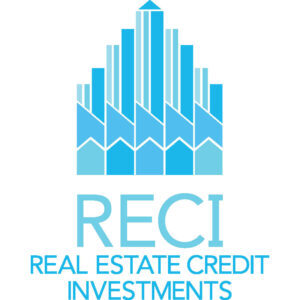Real estate investing can be a lucrative way to build wealth, but it can also be expensive and challenging to find the necessary financing. Credit investment is one option that can offer real estate investors a valuable tool for financing their ventures.
A line of credit is a type of credit investment that allows investors to borrow money up to a certain limit, much like a credit card. The key benefit of a line of credit is that it offers flexibility. Investors can use the funds as needed and only pay interest on the amount borrowed. This can be particularly useful for real estate investors, who may need to finance multiple projects at once.
Another type of credit investment in real estate is an interested party contribution (IPC). An IPC is funds that are donated to a third party, which then provides the money to pay some or all of the closing costs for a specific transaction. A lender credit derived from premium pricing is not considered an IPC even if the lender is an interested party to the transaction.
Home equity is another way to secure credit investment for real estate. By drawing on the equity in a home, investors can finance the purchase of an investment property. This can be done through a home equity loan, home equity line of credit (HELOC), or cash-out refinance.
Investors can also consider real estate investment trusts (REITs) as a form of credit investment. A REIT is a company that owns, operates, or finances income-producing properties. Investing in a REIT allows investors to benefit from real estate investments without the responsibility of owning and managing property themselves.
Real Estate Credit Investments Limited (LON:RECI) is a closed-end investment company that specialises in European real estate credit markets. Their primary objective is to provide attractive and stable returns to their shareholders, mainly in the form of quarterly dividends, by exposing them to a diversified portfolio of real estate credit investments.
RECI’s investment strategy involves investing in asset-backed securities across the globe, primarily in the fixed income markets. Their portfolio is diversified to minimise risks and maximise returns. The company structure comprises a board of directors responsible for managing the company’s affairs and providing oversight on its activities.
Investing responsibly and ESG (Environmental, Social, and Governance) considerations are integral to RECI’s investment strategy. The company is committed to investing in a socially responsible manner, ensuring that its investments align with ESG standards.
Finally, financial expert Dave Ramsey suggests that investors may not even need a credit score to buy a home. While this may not apply to investment properties specifically, it is still an interesting point to consider for those looking to enter the real estate market.



